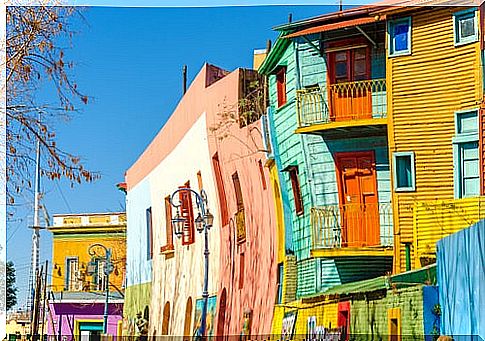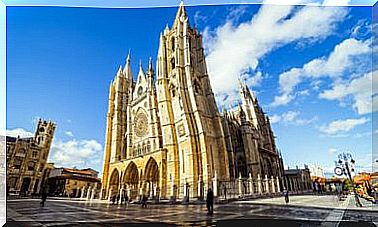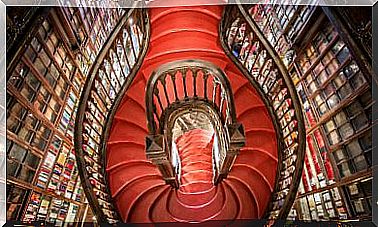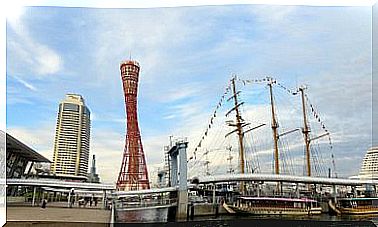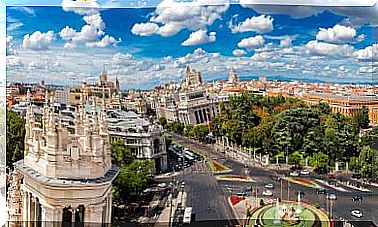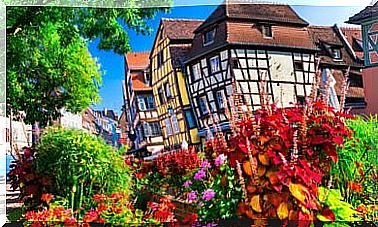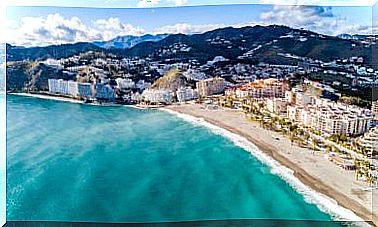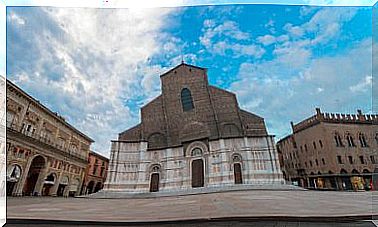The City Of Buenos Aires And Its Evolution In The 19th Century

The mega-city we know today was, during the Hispanic rule of America, a peripheral city. Little by little it was gaining importance as it was a port for the smuggling of slaves and potosine silver. In this article, we want to talk about the evolution of this city in the 19th century.
And that was a century of political changes, economic growth, territorial expansion and population increase. It was also a century marked by urban modernization, railway expansion, and cultural development. A century that, without a doubt, left an indelible mark on time.
The political changes in Argentina
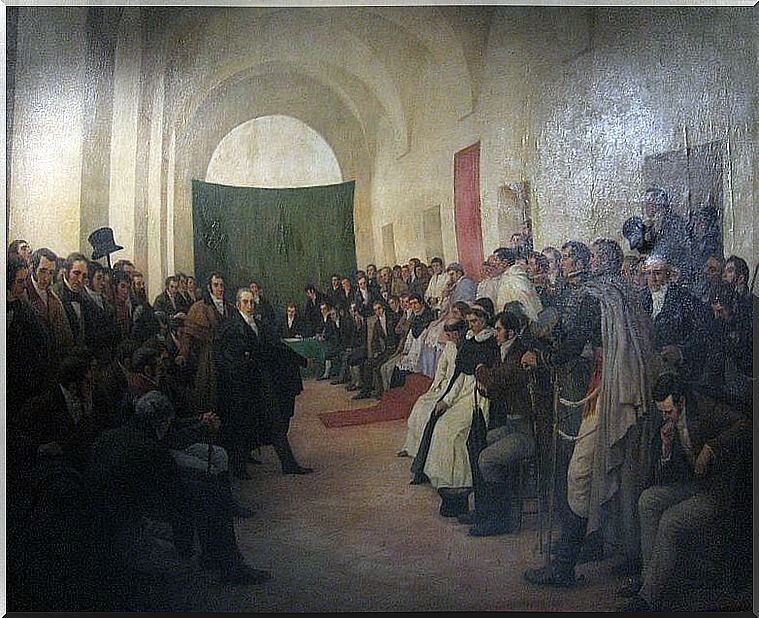
One of the most significant historical events of those years was the May Revolution of 1810, which culminated in the fall of the Vierreinato del Río de la Plata. From then on, the nation-building process began timidly. On July 9, 1816, the independence of other regions of the Viceroyalty was declared and the United Provinces of the Río de la Plata were created.
It was in the last quarter of the 19th century that the ruling elites agreed on the model of the state they wanted to build. They put all their efforts into it and undertook the so-called ‘Conquest of the Desert’ in order to increase the availability of land to carry out their economic project.
The Pampean-Patagonian region was never effectively incorporated into the territories of the Hispanic Empire. Neither its inhabitants were under the control of the crown nor, after the independences, of the state powers that arose.
To reverse this, in 1879 a military outpost was undertaken that wanted to incorporate territories that were considered to be part of the national territory. It was a very cruel war episode. The vast majority of the indigenous population died and those who survived were subjected to concentrations and forced deportations.
Prosperity and urban development of the city of Buenos Aires
In this political context, a period of great economic prosperity for the city began, with the strength of the agro-export model that had been consolidated around the great port of Buenos Aires. This model consisted of the export of raw materials and the import of manufactured products from industrial activity.
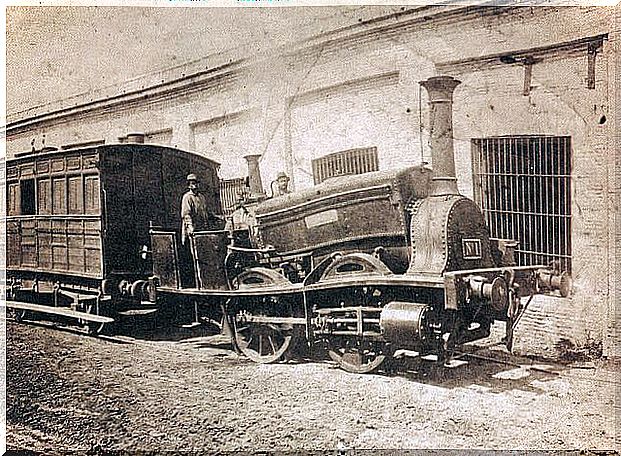
This boom in the export of raw materials prompted the construction of a communications system to move these goods from the periphery to the center. Buenos Aires would be articulated with the rest of the territory through the railroad. The Retiro, Constitución and Plaza Miserere stations, still operating, were the main entrances to the city.
In 1857 the first railway was put into operation, linking the Parque station with the Floresta neighborhood. The railway network was the first transport network in the city. In addition, in 1870 the first tram lines appeared, the Tramway Central , whose cars were drawn by horses.
As part of the development of urban transport, the creation of Avenida de Mayo was undertaken to facilitate commercial traffic. In addition, it contributed to give a modern and elegant air to the city. It was inaugurated in 1894, becoming the first great avenue in Argentina and one of the first in South America.
Buenos Aires, the Paris of South America
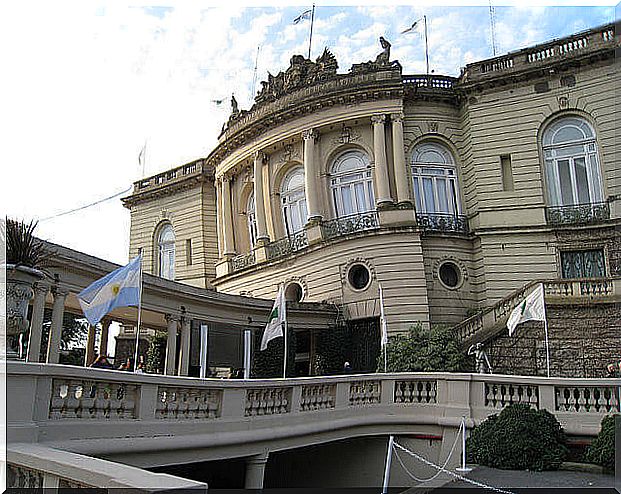
The look on Europe and the ambition to create ‘the Paris of South America’ inspired the construction of great avenues and squares. Flamboyant public buildings and other iconic works were also erected.
Some of these constructions were the Palermo Park in 1875 and the Hippodrome, a year later. In addition, in 1882 the construction of Puerto Madero began, which today has become one of the best-known recreational centers.
Despite the boost that the exporting activity of raw materials gave to the growth of the city, this was the origin of a growth model that would consolidate the characteristics of the economic underdevelopment of the country.
Population growth and the appearance of the tango phenomenon
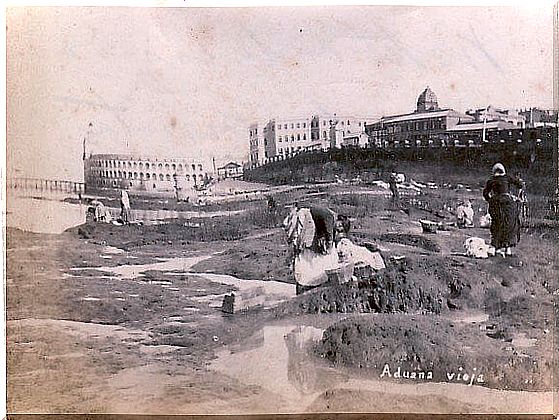
In 1862 Buenos Aires became the capital of the nation. A few years later, a period of massive immigration began that multiplied, in a few years, its population several times. Spanish, Italians, French and other Europeans arrived. The attraction of European immigrants was a policy driven with great emphasis by the state.
The Avellaneda Act of 1876 brought immigration to its highest quotas. From this process the well-known ‘conventillos’ arose, cheap houses for the recently disembarked. These small rooms housed many people. The conditions of poverty and lack of hygiene, in a short time, made them epicenters of epidemics.
The epidemics and the lack of hygiene led the more affluent classes to spaces far from these sources of infection. The wealthiest moved to what is now Recoleta, Barrio Norte and Palermo. Following the trends of fashion, they built their small palaces there.
The tango, artistic expression of the suburbs
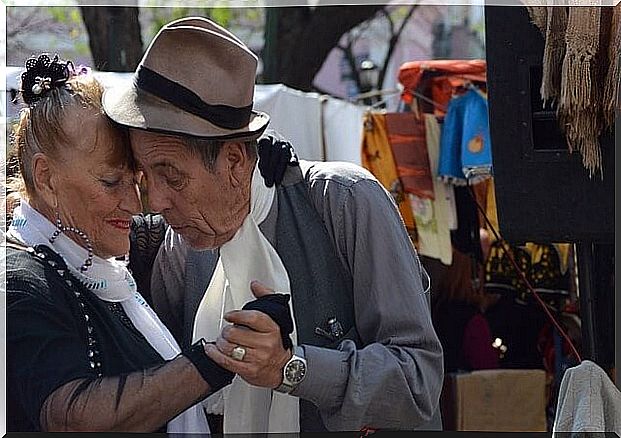
The spaces where most of the newcomers were concentrated were shaping the suburbs of the city, marginal spaces. Poverty and nostalgia gave rise to various cultural expressions, such as tango. The one known as Café Hansen or Antiguo Hansen was a center for tango encounters from 1877 to 1912.
Tango is the result of these diverse and collective cultural expressions. His choreography of African descent was socially repudiated, a dance forbidden by religion and law. But art breaks walls, it is an expression of humanism, freedom and diversity. For this reason, tango, which united bodies in an embrace, became a sign of identity for Buenos Aires.
